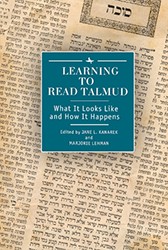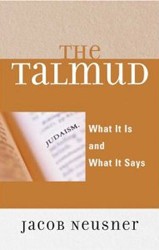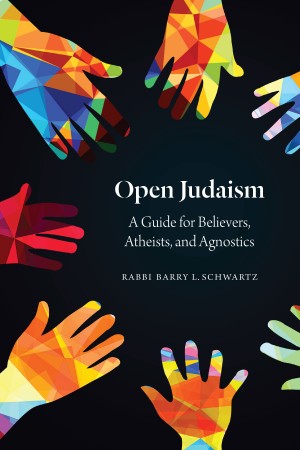Believing that the stories of rabbinic sages from Talmud and Midrash belong “not just to rabbis and academics,” Ruth Calderon presents a passionate reading and literary retelling of seventeen passages of text in the tradition of aggadic (homiletic) imagination and discourse. Each piece begins with a direct quote from the text, followed by a story and then, a reflection. Calderon chose texts she has mulled over. She explores the small details from real life which are given and often chooses to present the stories from a first person point of view in a formal, dignified tone. A child who cannot learn observes how his compassionate teacher can bring rain when the Rav’s prayers do not; a good sister volunteers to stand public humiliation for her sister; a wife waits for her scholar-husband who is sitting on the roof thinking about her, but not with her; a Roman matron tempts a Jewish scholar; a young scholar is chosen by Rabbi Meier to seduce his own wife who is interested in studying Torah. There are two very different stories which explore the difficulties Rabbi Shimon bar Yohai faces in reentering the world after years in his cave. Four tales — ”Sisters,” “Libertina,” “Lamp,” and the title story — flesh out the struggles of women in narratives which did not necessarily have heroines before and can stand on their own. A few of the stories, though lyrical, depend on the commentaries which follow to explain Calderon’s interpretation of the original texts. Heartfelt, philosophical, imaginative, and religious, these stories offer new ways to read text. Bibliography, introduction, notes.
Sharon Elswit, author of The Jewish Story Finder and a school librarian for forty years in NYC, now resides in San Francisco, where she shares tales aloud in a local JCC preschool and volunteers with 826 Valencia to help students write their own stories and poems.




